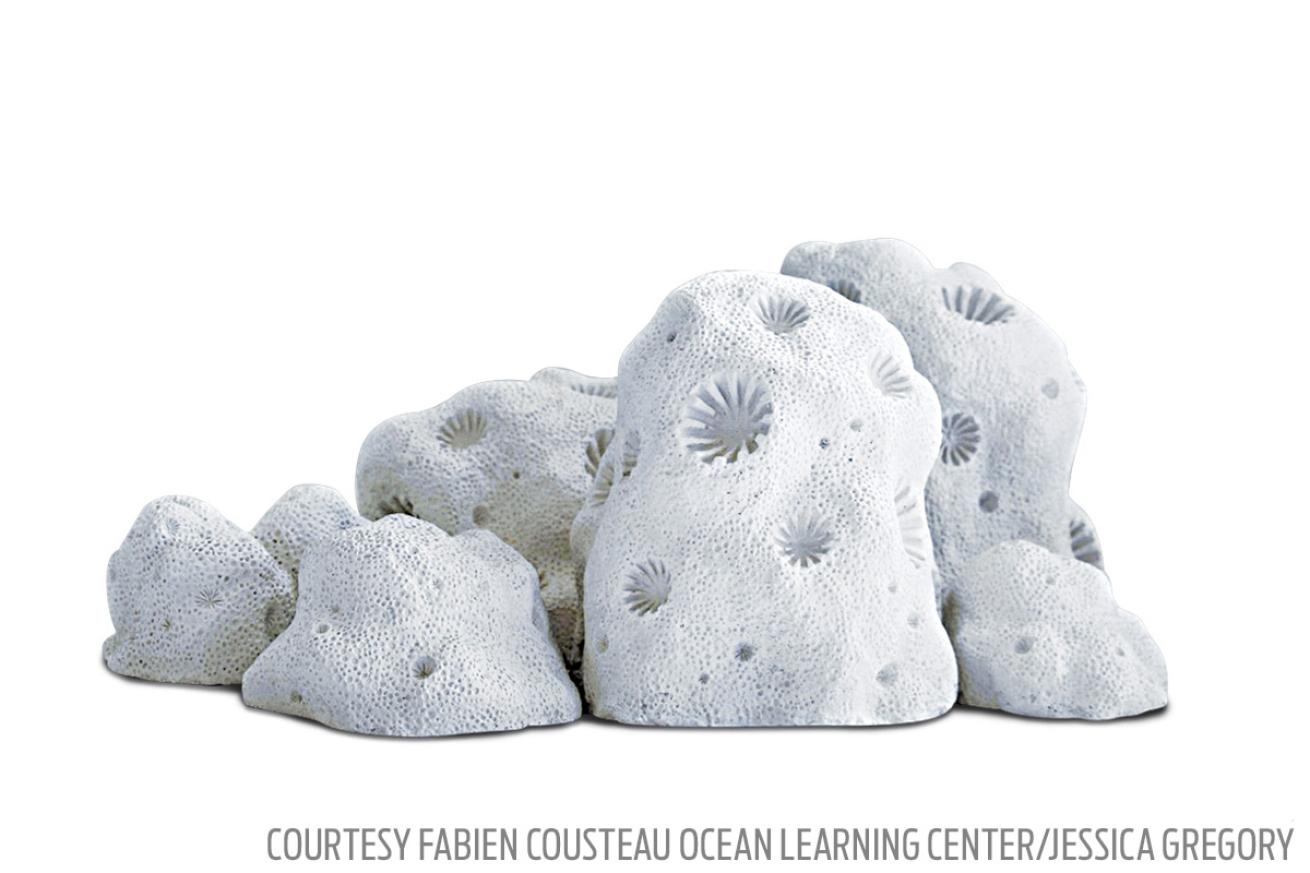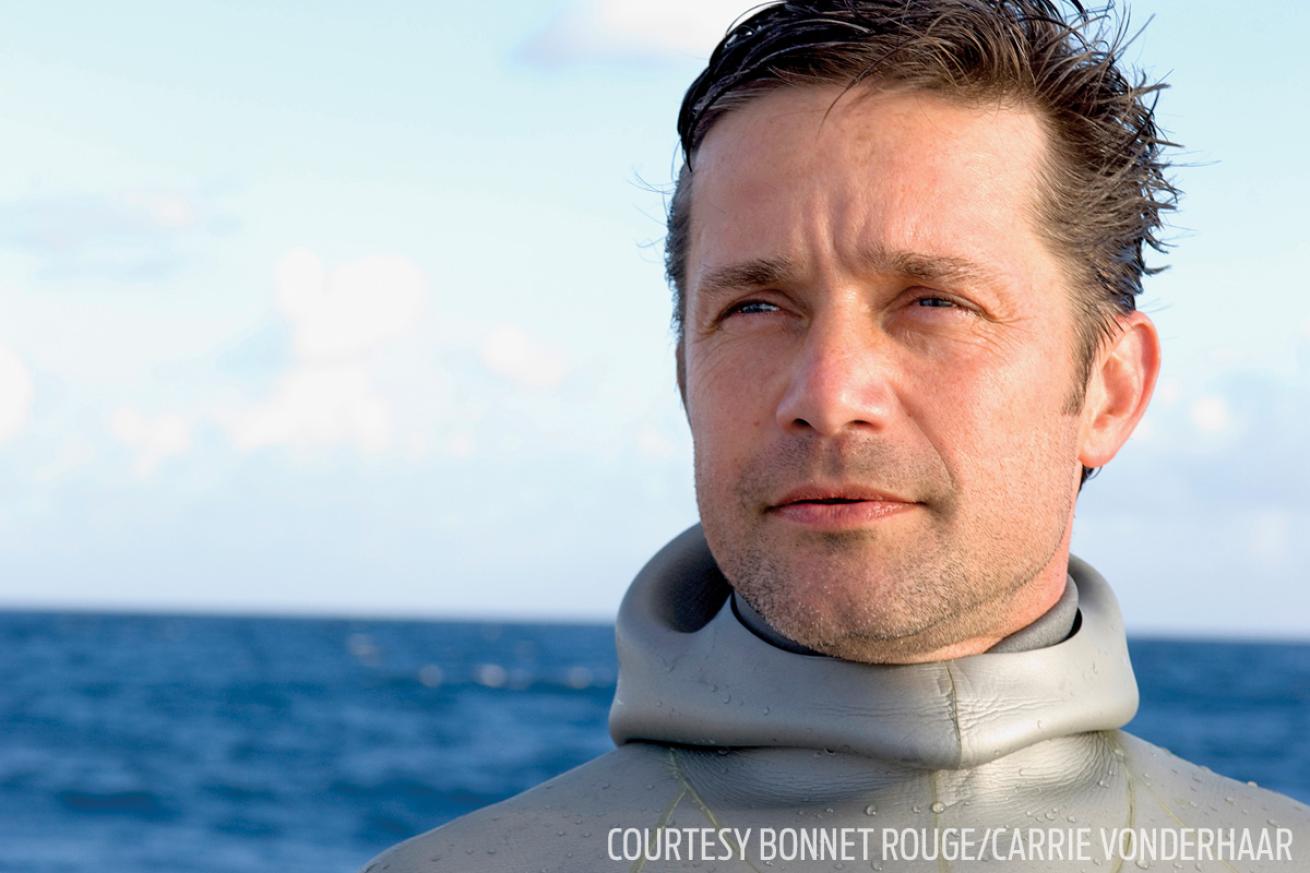3D Printed Coral Could Save Reefs

Courtesy Fabien Cousteau Ocean Learning Center/Jessica GregoryFabien Cousteau and the Ocean Learning Center are deploying 3D-printed “corals” off Bonaire.
As sea temperatures continue to rise and threats to coral reefs increase, there is no miracle cure — but Fabien Cousteau and the Ocean Learning Center, along with a team of Dutch engineers, are gambling that 3D printing just might be a solution.
By re-creating the exact structure of a coral, these printed designs can mirror the genetic makeup of elkhorn, staghorn or any other variety, thus increasing the odds of success. In February, Cousteau and his team deployed the first stage of their project: 36 tiles of coral off the Caribbean island of Bonaire.
“We are printing castles in 3D, so why not print organic underwater cities with organic materials?” asks Cousteau. By cities, Cousteau means colonies of coral where individual zooxanthellae, aka single-cell dinoflagellates, will take up residence.
“It’s an ongoing process to find which organic materials work best at attracting zooxanthellae to these virgin buildings,” he says. “So far, we have formulations that are 100 percent organic and that mimic coral structures found in nature.” Cousteau and his team are awaiting permits for installation of additional 3D-printed corals in the British Virgin Islands and the Florida Keys.

Courtesy Bonnet Rouge/Carrie VonderhaarFabien Cousteau and his team deployed the first 3D-printed "corals" in February.
Meanwhile, a Netherlands-based maritime services provider called Boskalis is also preparing to deploy 3D-printed corals, created by environmental engineer Astrid Kramer, in the Mediterranean Sea off Monaco.
Six reef units printed in Italy will be sunk to 89 feet possibly in early fall. Each took 13 hours to print and is composed of dolomite sand and a marine-safe binding agent. Each measures 40 feet by 6 feet, and weighs 2.5 tons. The top half of each unit is rounded, like a mushroom. The lower half resembles a hamster wheel, hollow with supports on the outside.
Most artificial reefs can’t mimic the nooks and crannies of a naturally occurring coral colony. Kramer’s design — much like Epcot’s Spaceship Earth — allows polyps to face the sun in myriad directions, just as they do in the ocean.
Moreover, she chose locally dredged sand as the building block for the Monaco project. “So many artificial reefs fail because they are unsuitable for that specific location,” she explains.
It’s too soon to tell if the reefs will be a success. For now, Cousteau is working to raise funds.
He adds: “At the end of the day, I don’t want this to be a technological exercise. We’re doing this because we are all hoping for tangible environmental benefits.”
Read More:
Invasive Green Slime is Taking Over Lake Baikal
Combating Marine Debris With The Ocean Conservancy
7 Things Divers Can Do Every Day To Help Our Oceans










